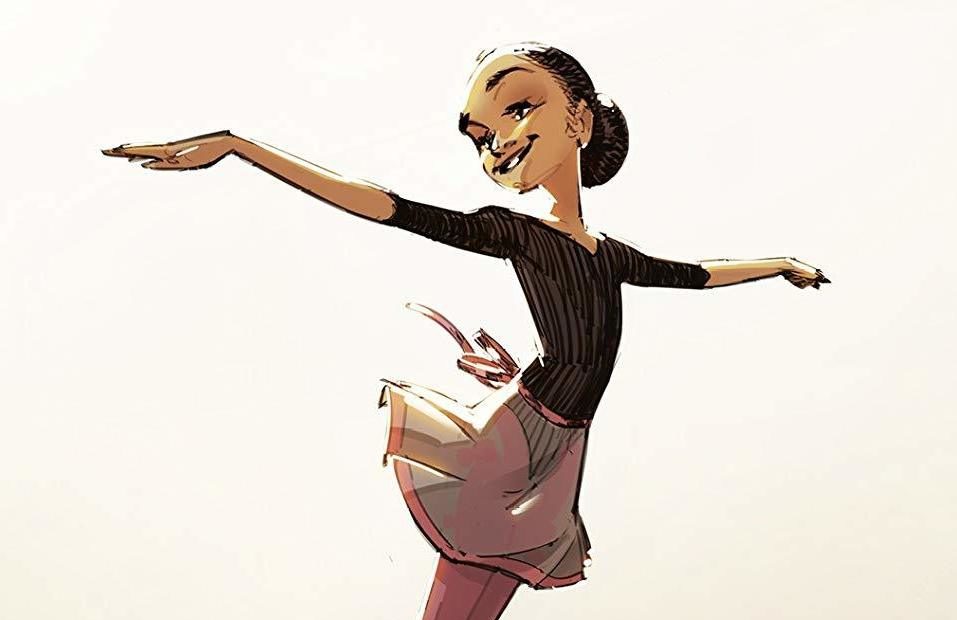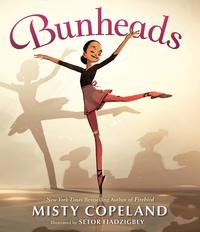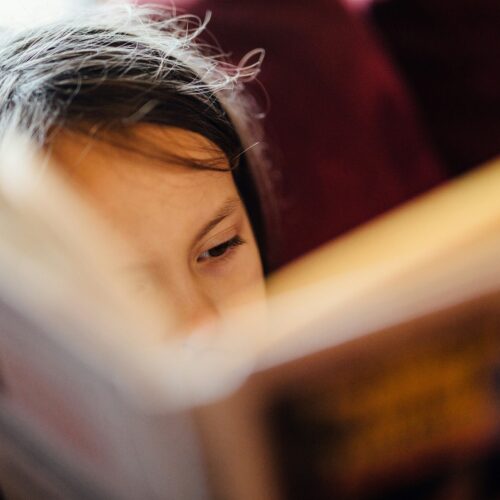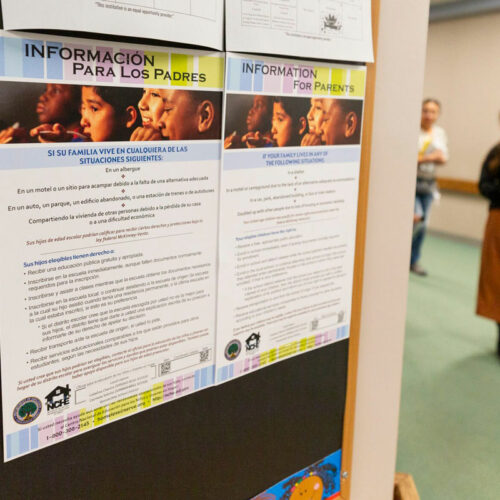
BOOK REVIEW: You Can’t Send Your Kids To Dance Class Now, But You Can Read Them ‘Bunheads’
BY JUANITA GILES
There are a lot of things I miss during this pandemic. Shoot, we do so little with other people that I have a sneaking suspicion I’ve lost all my social skills. We keep our bubble pretty tight, and it’s a good thing we all like each other, because we’ve kind of sort of run out of stories to tell. Seriously, the other day I sent a very excited text message because our latest litter of kittens started using the litterbox. Yes, there are a lot of things I miss, but one thing I don’t.
The afterschool activities.
What bliss to wake up and know I don’t have to run around like a chicken with my head cut off in the afternoons, forcing my kids to do their homework in the car, trying to plan crock pot meals five days a week (after a while they all taste the same), finding a way to entertain two kids while one is in piano, and explaining to the crying youngest why she is too young to be in choir even though her older siblings love it so much.
And the tights, oh the tights! Have you ever changed struggling little people out of school clothes and into ballet tights in the car, with their feet still sweaty from P.E.? It was easily the most difficult 20 minutes of my week, and I am sure it wasn’t a picnic for my kids either. Yes, I don’t miss that.
BUT.
You see, I LOVE dance, and so do my kids. I love dance so much that I was willing to put my mid-30s self into a class with teenagers three times a week, and now I put my mid-40s self into a class with folks two decades older. My kids have taken dance since they could walk, and if my pointe shoes are missing, chances are they stashed under one of my kids’ pillows. Even my husband, who had zero interest in dance before he met me, now counts the Richmond Ballet’s Studio Series as some of his favorite events of the year.
So, when we made the decision not to send the kids back to dance class this fall, it was necessary, but heartbreaking. But I was worried: Kids lose interest in thing so quickly, how could I keep their interest in dance alive when they didn’t get to do it anymore?
I needn’t have worried: Misty Copeland came to the rescue, as usual.
Bunheads could not have been published at a more opportune time. This Is the principal dancer’s second book for children, and it’s a good thing it’s hardback, because it’s been read so many times a paperback would be in shreds by now (much like my kids’ Misty Copeland Firebird Barbie, which is now armless and missing a leg).
The first thing I noticed about Bunheads, Copeland’s semi-autographical version of her own childhood performance of Coppélia, is that it feels alive, and why not? Illustrator Setor Fiadzigbey has been illustrating children’s books about sports for a couple of years now, and worked in animation before that, so the sense of movement, perspective, and depth he brings to Bunheads is like nothing I’ve ever seen. And it’s not just the images of young Misty leaping or pirouetting that feel so alive; even when she’s quietly, intently listening to her teacher, everything feels so active. My kids immediately changed into their leotards and started running and leaping through the kitchen (in the middle of my making supper, of course).
And the story: As with everything Copeland does, she told me in an interview that she felt a great responsibility when writing Bunheads. Not just the most famous principal dancer in the world, Copeland is also the first African American female principal dancer with the American Ballet Theatre, and that informs everything she does. It’s no secret how white the ballet world has always been; I’m so grateful I had Maria Tallchief to look up to. But even Maria Tallchief wore white tights, and white and pink pointe shoes. Not so for young Misty!
In Bunheads, there are pointe shoes of every color, and children of every color too, and it’s not surprising. The characters in Bunheads are based on the real children who attended ballet class with young Misty in diverse San Pedro, California. And yes, there’s even a boy! (based on her ballet teacher’s son) It’s the ballet in which Misty Copeland grew up, the ballet she is trying to make, and it’s evident on every page of Bunheads.
I have to be honest; as much as I love dance and ballet, I’ve never seen a performance of Coppélia. Copeland was kind enough to explain the ballet in Bunheads, but the dance itself is not the focus of the book. And you don’t have to be a dance fanatic to enjoy it; while the vast majority of the action takes place in the studio or onstage, any child who has ever had a dream or felt passionate about something will find themselves in the book’s pages. And frankly, even if a kid has never heard of a plié or seen the inside of a ballet class, the sheer joy on every illustration of Misty’s face will probably have them pas de bourrée-ing around the house to see what all the fuss is about.
Yes, Misty Copeland saved the day for me, my daughters, and even my son (who likes to pretend he doesn’t like to dance anymore, but really does). It made my kids feel they haven’t left something they love behind, and also inspired them to keep up their practice at home, even though they still can’t spot worth a fiddle. Not a day goes by that they don’t grab the book and head to the kitchen counter, which serves as their barre. It’s really such a wonderful gift for them.
But how do I stop them from jeté-ing into the dog bowl?
Juanita Giles is the founder and executive director of the Virginia Children’s Book Festival. She lives on a farm in Southern Virginia with her family.
9(MDAyOTk4OTc0MDEyNzcxNDIzMTZjM2E3Zg004))
















